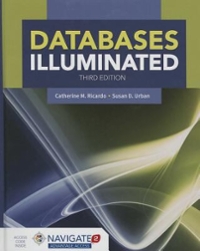Hey! I wanted to make sure I was doing this right can y'all help me out. Thanks!

The Collatz conjecture concerns what happens when we take any positive integer n and apply the following algorithm: if n is even 13 x n +1 if n is odd The conjecture states that when this algorithm is continually applied, all positive integers will even- tually reach 1. For example, if n = 35, the sequence is 35, 106, 53, 160, 80, 40, 20, 10, 5, 16, 8, 4, 2, Write a C/C++ program, called "Collatz_yourlastname" that will fork n children(n is provided by the user and it should not exceed 10). Each of the children will compute the Collatz sequence for numbers in different ranges of values. The user will provide the total range of numbers to compute the Collatz sequence for. Your code should satisfy the following requirements: 1. The first 50% of the processes will computer twice as many Collatz sequences as the second 50% of processes. 2. When a child finds the Collatz sequence, it should print the values to a file called "re- sults_Childpid Parentpid.dat." 3. The parent must wait for all children. 4. Your code should not run sequentially. 5. Your code should handle all possible errors. 6. Do not hard code anything. The Collatz conjecture concerns what happens when we take any positive integer n and apply the following algorithm: if n is even 13 x n +1 if n is odd The conjecture states that when this algorithm is continually applied, all positive integers will even- tually reach 1. For example, if n = 35, the sequence is 35, 106, 53, 160, 80, 40, 20, 10, 5, 16, 8, 4, 2, Write a C/C++ program, called "Collatz_yourlastname" that will fork n children(n is provided by the user and it should not exceed 10). Each of the children will compute the Collatz sequence for numbers in different ranges of values. The user will provide the total range of numbers to compute the Collatz sequence for. Your code should satisfy the following requirements: 1. The first 50% of the processes will computer twice as many Collatz sequences as the second 50% of processes. 2. When a child finds the Collatz sequence, it should print the values to a file called "re- sults_Childpid Parentpid.dat." 3. The parent must wait for all children. 4. Your code should not run sequentially. 5. Your code should handle all possible errors. 6. Do not hard code anything







